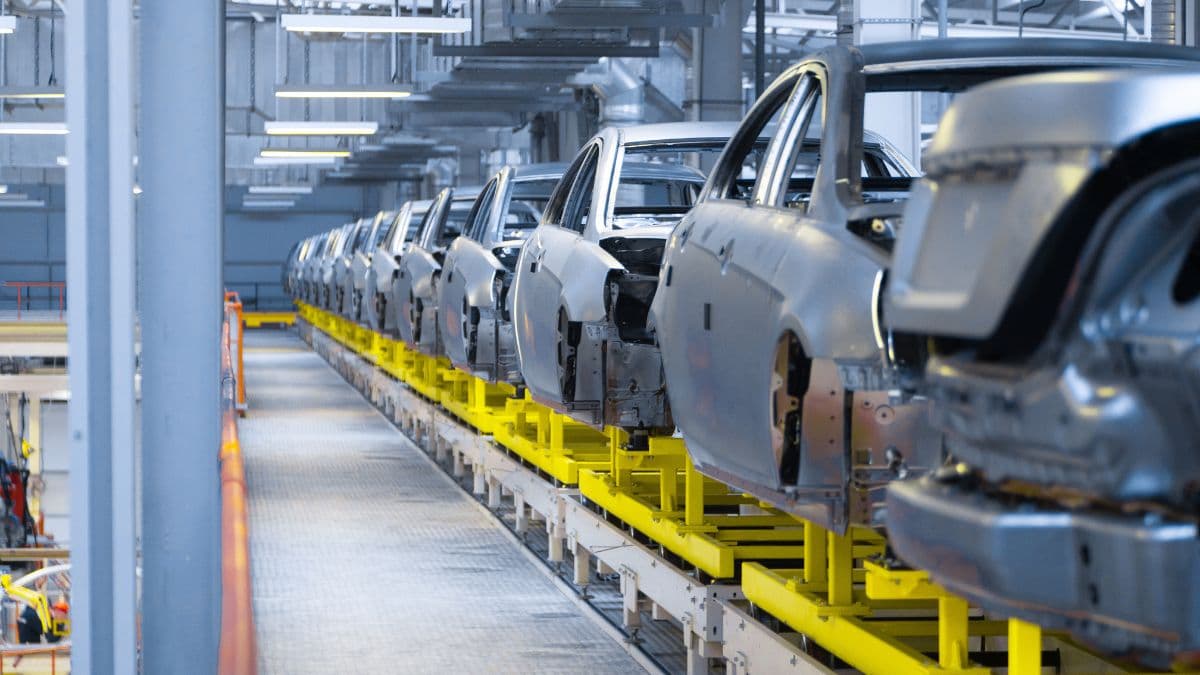
The automotive industry operates at the intersection of innovation and complexity, and today's landscape tests that resilience like never before. Rapidly evolving trade policies, tariffs, shifting consumer demands, and global supply chain pressures make agility a necessity. At our recent C.H. Robinson-hosted automotive summit, logistics leaders from across some of the largest auto makers and suppliers came together to share insights and learn together as the industry faces new challenges.
Some of the key topics of interest included finding reliable sources for the latest on tariffs, discovering cost-savings as margins compress, and identifying new ways to work faster and more efficiently in the face of faster change.
For those unable to attend, here are some of the key themes discussed as auto experts shared the ways they are coping and adjusting in the current environment:
Increased communication and collaboration
Trade policy changes and tariffs are fundamentally reshaping how the automotive industry manages logistics. For example, material traceability is even more essential for customs compliance and risk mitigation, especially for commodities like aluminum and steel. Over the past month, companies have had to dig into their sourcing data, not only understanding where the steel or aluminum was smelted but also understanding just how much of these materials are used in each part or component.
Beyond the policy shifts themselves, the real difference today is the speed and visibility of change. Trade discussions that typically took months to implement and almost always involved comment periods now unfold in real-time, creating new layers of uncertainty. In response, auto suppliers say staying connected across functions and across the industry is making the difference. This includes all supply chain stakeholders working hand-in-hand to manage financial exposure and collect more detailed data.
Equally important is how companies stay up to date in this environment. Education and thought leadership are proving to be just as critical as tactical execution—especially when distinguishing between proposed policy shifts and actual implementation. Working with top OEMs and tiered suppliers, our team receives countless calls on this subject. A big part of our role in today’s environment is helping customers break through the noise and the complexity, lay out their options and strategies, and then execute. Given the trade landscape is changing so quickly, increased collaboration is crucial.
Optimizing shipping practices
Supply chain disruption has become a catalyst for smarter, leaner operations. The intermittent nature of tariffs has led to an increase in premium freight, necessitating expedited shipping and making it more important than ever to discern which parts truly justify the extra cost. Detailed, item-level visibility enables logistics teams to prioritize shipments, manage costs, and avoid unnecessary operational slowdowns.
At the heart of this improvement is data. Companies are investing heavily in master data systems, capturing critical information such as melt points and sub-component origins, which not only improves compliance but also allows for real-time scenario planning and smarter shipping decisions. Armed with this level of detail, businesses can better balance production schedules and tariff-related cost pressures.
Beyond data, shippers are also embracing continuous improvement in day-to-day practices to differentiate themselves and secure the right capacity—especially in highly competitive regions like Mexico. Reducing driver wait times, streamlining facility processes, and improving the driver experience have all become essential levers for maintaining a reliable logistics network. Another key strategy is returnable packaging, which not only reduces waste but improves trailer utilization and lowers shipping costs, especially in an environment where traditional freight rate reductions are hard to come by.
Importance of speed and flexibility
Whether reacting to a new executive order or making real-time decisions on production schedules, the ability to adjust quickly and confidently distinguishes proactive businesses from reactive ones. Decisions that once took months to implement are now being made in less than a day. There is no single roadmap for handling disruptions. Some companies choose to pause production in the face of uncertainty, while others forge ahead and absorb higher costs.
The key lies in having a framework that enables flexible, informed decisions without resorting to knee-jerk reactions to policies that might change again the next day. Whether through asset-light programs, brokered capacity, or optimized transportation networks, companies must embrace the concept of optionality, allowing them to scale up or pivot swiftly as circumstances demand.
Emerging technologies, especially artificial intelligence, are further streamlining logistics operations. For example, our AI-driven platforms are speeding up supplier releases, automating quoting, and enabling real-time insights from customs brokers. This type of digital transformation helps convert data into action faster—and maintain an edge in a constantly changing environment.
The road ahead
The automotive supply chain has always been a carefully balanced machine, but recent policy shifts and market volatility have highlighted just how important agility, collaboration, and operational excellence are to keeping that machine running. Clear communication across stakeholders, proactive data management, and real-time decision-making aren’t just best practices—they are now baseline requirements for success. Prioritizing these strategies will help you not only navigate the current climate but also position you to lead in whatever comes next.
For more information, reach out to a C.H. Robinson representative who will help provide personalized solutions.
Connect with an automotive logistics expert



